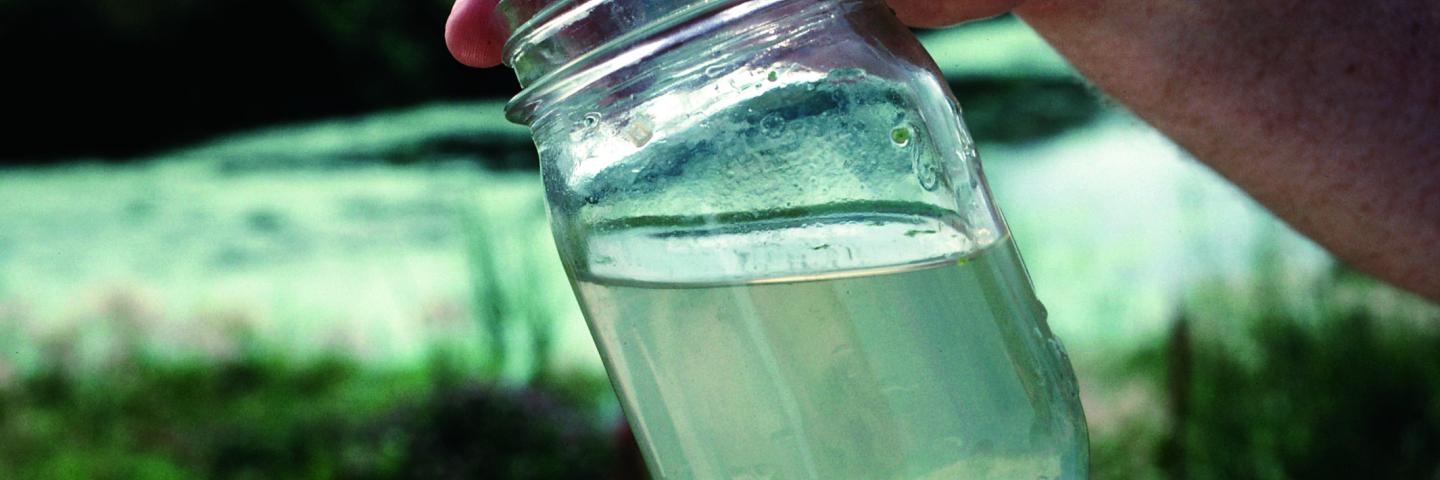
Call for Proposals - FY 2023
On This Page
The NRCS State Conservationist in Minnesota is accepting proposals for National Water Quality Initiative (NWQI) watershed activities in FY 2024 until close of business Wednesday, July 12, 2023. The proposals can be for implementation or planning activities. Selected watersheds, or Source Water Protection Area’s (SWPA), will receive specific federal funds for conservation implementation or planning activities.
Action Required By: COB Wednesday, July 12, 2023
NWQI watershed activities are guided by multi-year implementation plans that document annual targets for conservation activity directed at solving the critical source of an impaired waterbody or SWPA. All NWQI watersheds or SWPA must have an assessment that meets NRCS standards located within Attachment B. Priority watersheds that do not fully meet the required level of planning as described in Attachment A or Attachment B for SWPA, may propose a planning phase in FY 2025.
The guidance for NWQI watershed assessments and SWPA assessments can be found in Attachment A and Attachment B, respectively. The new implementation watershed proposals need to meet, or state how they will meet, the criteria outlined in Attachment C. The final assessment report requires completed maps identifying critical source areas with GIS data supporting the identified areas. Proposals where local NRCS and partners work together to set joint goals and outline their shared implementation or planning plan will have the highest consideration through the watershed selection process. This includes proposals that provide proof of producer willingness and readiness to adopt needed conservation activities, aligned with local (NRCS & Partners) capacity to provide technical assistance for implementation.
The proposal must address the selection criteria provided in Attachment A, B, or C. An optional Watershed Assessment template has been created that can be used for submission. The Watershed Assessment Checklist (Attachment D) should be included for NWQI submissions and the SWPA Checklist (Attachment E) should be included for SWPA submissions. Proposals may be submitted with one or multiple HUC12s. Proposals must be submitted to Keith Kloubec at keith.kloubec@usda.gov or Courtney Cheever at courtney.cheever@usda.gov by COB Wednesday, July 12, 2023. The Watershed Subcommittee of the Minnesota State Technical Advisory Committee (STAC) will review and select proposals, utilizing the STAC Watershed Selection Criteria. The Subcommittee will then make recommendations to the Minnesota STAC and State Conservationist on which proposals to submit to the National review board for final selection.
Ready to get started?
Contact your local service center to start your application.
How to Get Assistance
Do you farm or ranch and want to make improvements to the land that you own or lease?
Natural Resources Conservation Service offers technical and financial assistance to help farmers, ranchers and forest landowners.

To get started with NRCS, we recommend you stop by your local NRCS field office. We’ll discuss your vision for your land.
NRCS provides landowners with free technical assistance, or advice, for their land. Common technical assistance includes: resource assessment, practice design and resource monitoring. Your conservation planner will help you determine if financial assistance is right for you.
We’ll walk you through the application process. To get started on applying for financial assistance, we’ll work with you:
- To fill out an AD 1026, which ensures a conservation plan is in place before lands with highly erodible soils are farmed. It also ensures that identified wetland areas are protected.
- To meet other eligibility certifications.
Once complete, we’ll work with you on the application, or CPA 1200.
Applications for most programs are accepted on a continuous basis, but they’re considered for funding in different ranking periods. Be sure to ask your local NRCS district conservationist about the deadline for the ranking period to ensure you turn in your application in time.
As part of the application process, we’ll check to see if you are eligible. To do this, you’ll need to bring:
- An official tax ID (Social Security number or an employer ID)
- A property deed or lease agreement to show you have control of the property; and
- A farm number.
If you don’t have a farm number, you can get one from USDA’s Farm Service Agency. Typically, the local FSA office is located in the same building as the local NRCS office. You only need a farm number if you’re interested in financial assistance.
NRCS will take a look at the applications and rank them according to local resource concerns, the amount of conservation benefits the work will provide and the needs of applicants. View Application Ranking Dates by State.
If you’re selected, you can choose whether to sign the contract for the work to be done.
Once you sign the contract, you’ll be provided standards and specifications for completing the practice or practices, and then you will have a specified amount of time to implement. Once the work is implemented and inspected, you’ll be paid the rate of compensation for the work if it meets NRCS standards and specifications.

